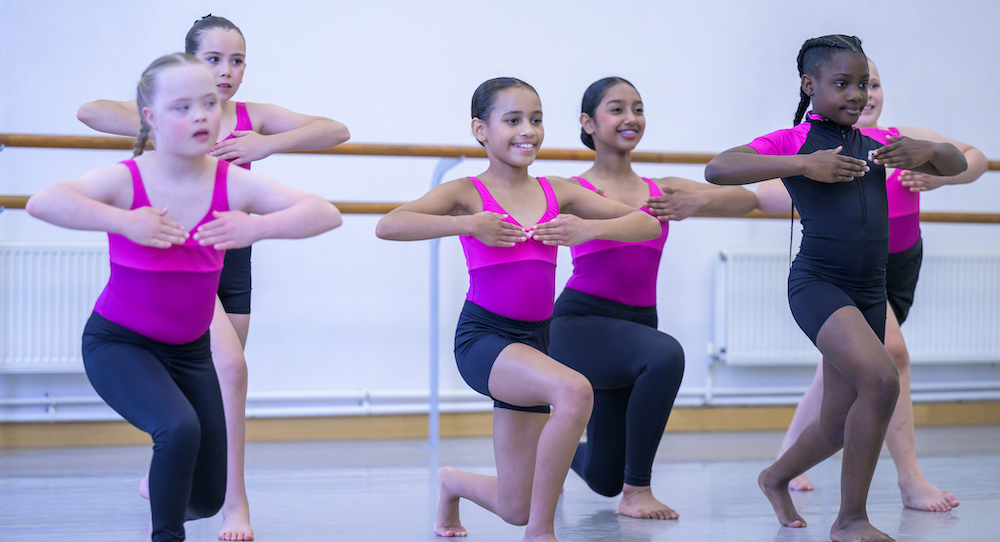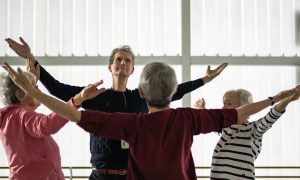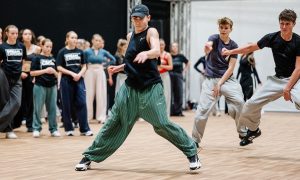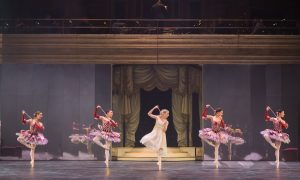Reflection on one’s birthday is something we all do, but Imperial Society of Teachers of Dancing (ISTD) has really delved deep into the dance world as it reaches a momentous 120 years and considers the role they play in a broader dance ecology.
The dance educational charity known for training teachers and administrating dance examinations has recently released a report entitled ‘Extending our Ambition for Dance‘ in which, amongst other things, they issue a call to arms, for an industry that is fighting for its life in some spaces and booming in others. The request? To unite and throw open the dance studio doors for the good of all.
Dance Informa spoke with CEO Ginny Brown to find out more.
Tell us about your report and why you’ve written it now.
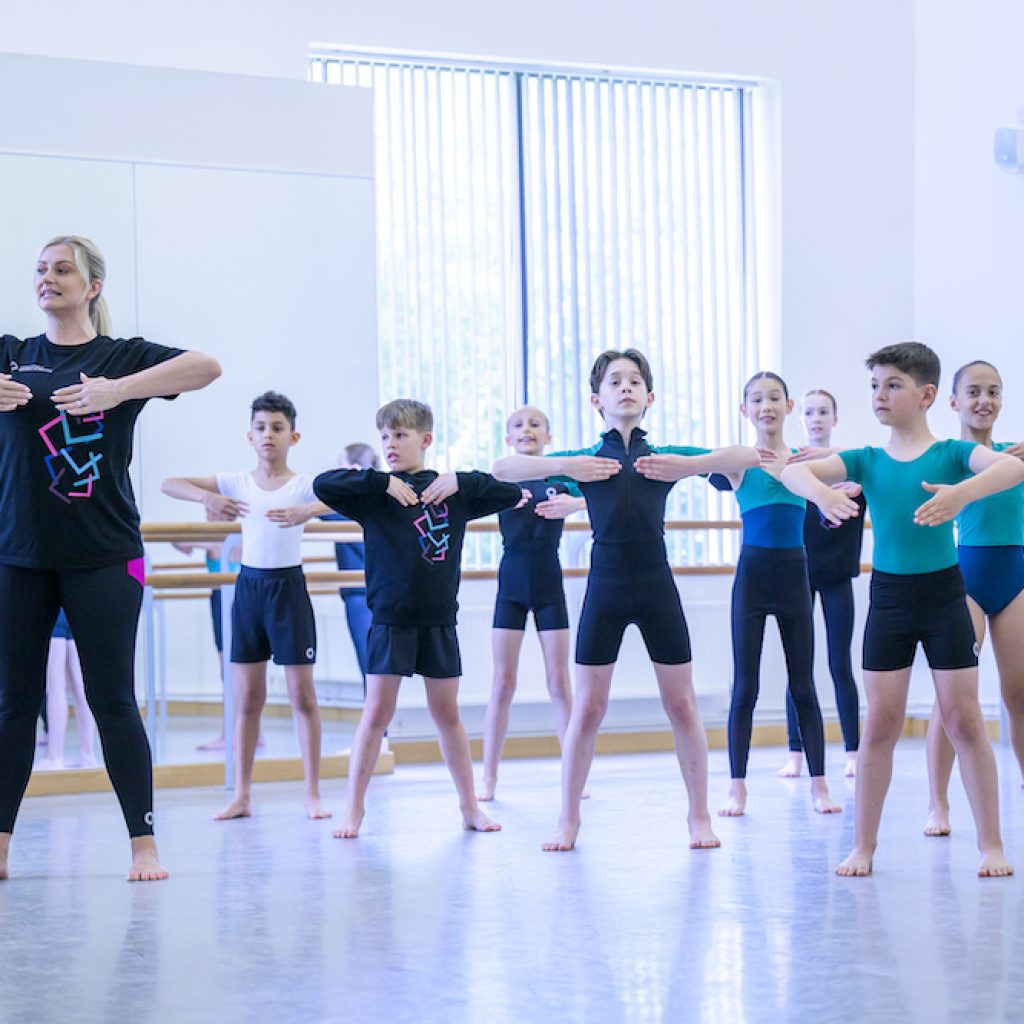
“This is the 120th anniversary of ISTD and as an old organisation, big birthdays are an opportunity to look back but also to look forward and think what does the future hold? The ‘Extending our Ambition for Dance’ report really speaks to the organisation’s values and mission which, as a dance education organisation, is to ensure as many people as possible have opportunities to dance, develop their dance skills and progress their dance training – and ultimately, if they have the desire and the talent, to progress into the profession. That’s in the DNA of ISTD. We’re there to provide as broad access as possible and opportunities to progress and develop your skills whether that’s to go into a performing career or into a teaching career.”
Your report talks broadly to the sector as a whole. Why is that?
“We believe very strongly that we’re part of the dance infrastructure. That we don’t operate in a vacuum. In order for us to have a strong dance sector, we all really need to work together. We need to understand how that dance ecology works and how young people in particular move from one provider to another provider.”
Why do you think the UK dance sector is struggling?
“The current state of dance in the UK is challenged for a number of reasons. The economic climate in the last few years has meant that there are decreasing opportunities for people to access and progress in dance. Alongside that, educational policy has reduced the amount of arts activity within schools. Therefore the number of people who have that first opportunity to experience dance is diminished hugely right through from primary through to GCSE level.
And yet in our private studio sector, where we’re not dependent on government policy and funding, there is this strong appetite for learning and taking graded dance examinations – demonstrating that the desire is there but the opportunity often isn’t. That’s really troubling for us because coming to an independent dance class first of all, requires somebody to think, dance is something I’d like to do, or something that my child would like to do. But if you, or they, haven’t had that experience in the first place, you wouldn’t necessarily take yourself, or your child, to dance. Secondly, you need the money to pay for that class. Thirdly, you need access. What if you don’t have a dance class in your locality or you don’t know where that dance class is, or you don’t have someone to physically take you there? All these things get in the way, and therefore the range of people who get those opportunities to learn and to progress and develop their skills, is shrinking, and that’s troubling for us as an education charity.”
The report talks about equity diversity and inclusion (EDI). How are you as an organisation embracing multicultural Britain and the differing needs of potential dancers?
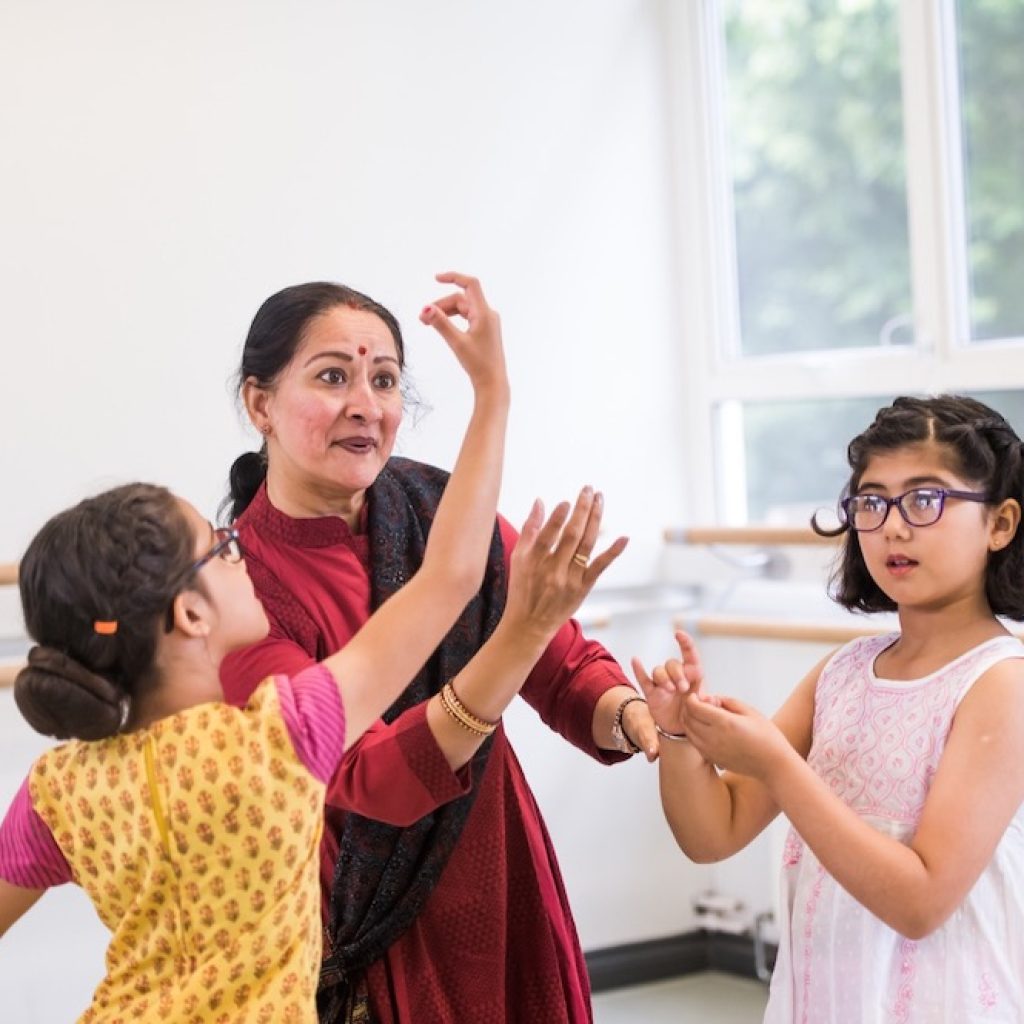
“As an old European focused organisation, it’s our responsibility to make sure that we are opening ourselves up to a wide range of experiences and influences. That we understand the impact of the way that we engage with people. This has led to a variety of policy changes within the organisation, not least including gender-neutral syllabus options and accommodating different needs within assessment. These have helped us to remove barriers to accessing dance. But there’s much more work that we plan to do in that space with qualifications and the range of genre that we include.
ISTD has a history of continuing to innovate and bring in new genres. One of our most successful in recent decades is the Classical Indian Dance genre, which is growing and thriving as it comes up to its 20th birthday. This year, we’ve launched a revised Street Dance syllabus; this is a great example of how we intend to work and develop our genre and our qualifications, as we brought together a wide range of practitioners and voices that contribute to producing an authentic syllabus. It’s an ongoing journey, but it’s important that we challenge ourselves in doing that.”
How can studio teachers play a part in your ambition for connecting the industry and the community through dance?
“We want to connect dance teachers and the expertise they have with their local communities. That’s something we’re passionate about. Both for the benefit of the community and for the many people who get to enjoy the benefits of attending a dance class. We encourage our teachers to be advocates and to promote themselves as a cultural hub in their local communities and for them to, on an individual level, reach out and connect with their local schools and with their local communities – opening the doors of their dance space.”
How is ISTD supporting its members in that goal?
“Being more integrated into the community involves a mindset, but also developing the skills to work in different communities. We’re embedding these skills into our teaching qualifications and our teacher training to ensure that teachers can be flexible in the way that they approach different settings.”
Your report talks about dance in education and the decline there. How can the sector work more closely together to improve this situation?
“We have just launched a new qualification development strategy which sets out the stepping stones for developing access to dance for all. If we can get dance classes happening in a school context within the National Curriculum, that gives children that crucial first access opportunity.
Then, to take most of those children forward, you would need a more regular dance activity in or around the school day. We’re envisaging a dance club model in which dance teachers in their local communities could be offering a breakfast, lunchtime or after-school class within the school. This type of activity happening in the extended school day reduces a lot of the financial barriers for the individual child and family to dance. Clubs tend to take larger groups of children, and therefore the cost per child is lower than your typical out-of-school dance class.
This would enable children and teenagers to join a private dance class with some of the basic dance skills already in place. We know that if you don’t join this type of class from the outset, then you tend to be behind your peers. So we think there’s a missing link there, and we want to develop and put that link in place for our teachers through our qualification development.”
How are you planning to help young dancers take that first step?
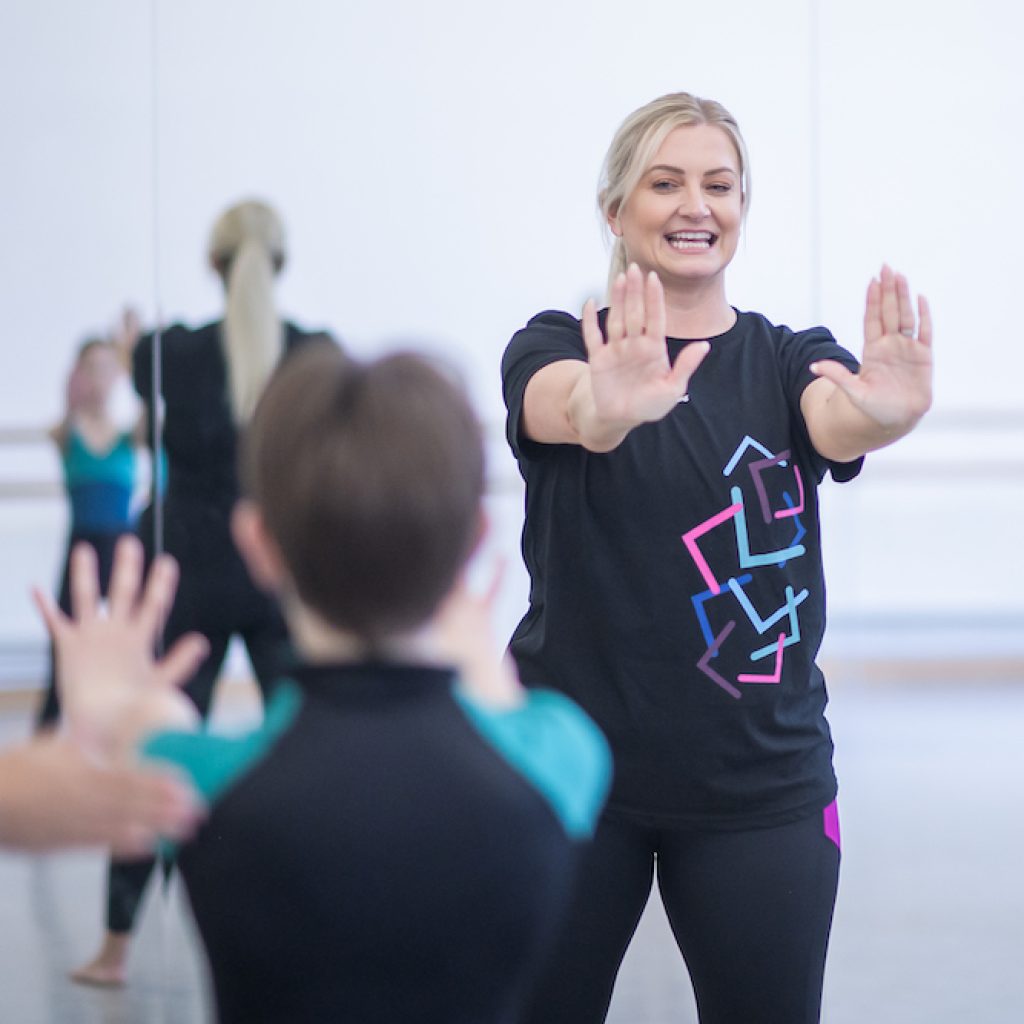
“One of the big issues that I’ve experienced personally as a parent is that you don’t know where to go and find information about specialist activities. If your child has a fantastic experience in school and wants to go to a dance class but you’ve got no experience with that, as a parent you want to know what sort of class would be suitable. As a sector, we need to be joining up the dance provision and making it visible so that when parents are looking, they know where to go. If we all do this together, we’re all going to benefit.”
In the report, you mention a kitemark accreditation. Is that something specifically for ISTD members or is that a broader industry mark that you’re hoping to see?
“The commitments and ambitions in the report are things that we would like to see happen across the whole sector, and we don’t expect them all to happen at the same time. I would expect that a kitemark might be further down the line. But I think building a register where we can find all dance teachers is an important start.
Ensuring that the experience for every person learning dance is safe and secure, and high quality is absolutely at the heart of what we do as an organisation. But it can be an ambiguous sector. Some dance teachers are qualified through organisations such as ISTD. Some are qualified through experience – they might have a degree in dance and many years of experience as a dance teacher. Sadly, some aren’t qualified or experienced as teachers. How do we tell the difference and how do we ensure that the teacher is safe? We think that a simple fact checking system and possibly a peer-endorsed kitemark would be a fantastic baseline to ensure that people have suitable dance knowledge, safeguarding and health and safety knowledge to provide a safe and effective dance. A kitemark might sit underneath the qualifications that organisations such as ISTD offer.”
Your report mentions the dwindling opportunities in formal academic pathways such as degree courses, with some universities reporting a reduction in skill and experience of those who do make it onto courses. Why is that?
“This touches on a lot of areas, not all of which I’m an expert in. So I’ll preface my response with that. I think there is a complex set of circumstances. The UK Government educational policy over the last 10 to 15 years has had a strong focus on STEM (science, technology, engineering and maths) subjects and which has resulted in these being prioritised over the arts subjects within schools. Therefore, from the outset, children aren’t receiving the arts education and the development of their creative skills in the same way that they had been previously. That then feeds through to the choice of GCSE and A-Level subjects and a focus on the traditional academic subjects. So, we see a drastic drop in the numbers of students taking GCSE and A-Level art subjects and those are the core feeder through to dance degrees.
That said, dance degrees offered through the performing arts colleges are booming because the majority of students are going through that path, which has more traditionally been fed through out-of-school provision.
What we’re advocating for, in terms of this report, is can we integrate these streams, rather than having two paths? Can we build bridges and all work together?
The cost-of-living economic crises that we’re all experiencing around the world, exacerbates the points covered in this report talks – if you don’t have these formative first dance opportunities, you may not realise your passion or your skills, or follow a route to use your creativity, talent and innovation. We know many of us, whether in or outside of dance, have jobs that require all those things, so this situation is actually very counterproductive.
I feel passionately that organisations like ISTD should be doing something about that. We’re not there to just serve a privileged group of people, we’re here to serve anyone who would benefit from learning dance. And through this report, we can play a stronger role in that. Although we can’t change this situation by ourselves, we need to all collaborate and focus on the big picture.”
Through this report, how is ISTD hoping to galvanise the sector to come together, and is there anything in the pipeline we should know about?
“I’m delighted to say that the recommendations in this report are already in action, and some of them even preceded the publication of the report! For us, Extending Our Ambition for Dance is an invitation to collaborate, a statement of intent and also a suggestion of some steps that we can be taking.
One of the report recommendations is about a public awareness-raising campaign to make sure people understand the value of dance. ISTD is involved in what’s promising to be a major cross sector campaign to do exactly that, which was initiated by Angela Rippon who appeared last year on Strictly Come Dancing and is a strong advocate for dance. Angela received so many positive messages about how inspirational it was to see an older person dance that she wanted to be campaigning around keeping people fit into older age. This has developed into a wider campaign about promoting the health benefits of dance for the public. Whether you are a primary school child or a senior citizen, dance is a fantastic thing to be doing.
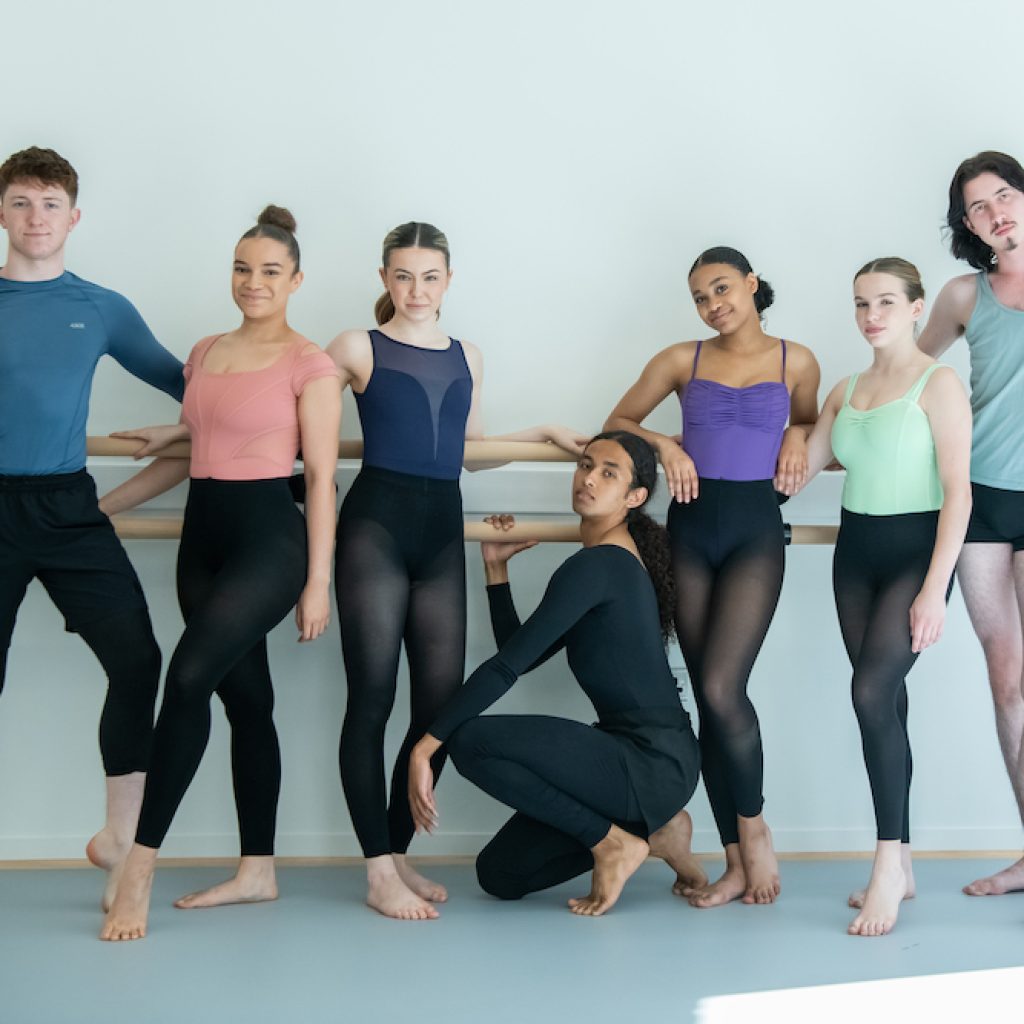
I’m very excited that through this campaign, for the first time we have brought together the majority of the UK dance sector that provides teaching activities. So the private dance organisations, such as ISTD, are collaborating with those that specialise in community settings (who might be members of People Dancing) and those who work in educational settings (and might be members of One Dance UK). That’s a really wide reach.
The exciting thing is it’s getting very high-level support from medical professionals. The tide seems to be moving towards preventative care rather than only solving health problems once people are unwell. Of course, it’s not just about physical health, but what dance does for your mental wellbeing, too, your sense of community cohesion, your individual agency as a person, your creativity, problem-solving – all those things. This campaign seems to have hit at the right moment for the way the NHS is thinking about healthcare and the inevitable challenges that we have with an ageing population and a population that has got a lot of challenges with health, obesity and mental well-being. Getting people fit and looking after themselves is a very positive message. And the beauty of dance is that you can do it while having fun.
Dance is a bit of a superpower.
This is promising to be a large scale campaign right across the UK and it’s called ‘Let’s Dance’. The campaign day is the 2nd March 2025. It’s exciting to already see the realisation of our ambition – that we worked together and can do something that is about everybody. But at its heart, it’s about galvanising the dance teachers on the ground. That was Angela’s ambition. For individual teachers to bang the drum in their local area and connect with people. The invitation is for dance teachers to open their doors, invite in people who they don’t normally work with and encourage more people to join what they do.”
We will be following the ‘Let’s Dance’ campaign in Dance Informa. Stay tuned for more on this to come. Read the ‘Extending our Ambition for Dance’ report.


